Highlights of England | Stonehenge and Avebury
Explore Neolithic Britain including Stonehenge, the stone circles of Scotland for example and Skara Brae. Material to support escorted small group tours for senior couples and mature solo travellers to Britain and Europe.
24 Feb 21 · 5 mins read
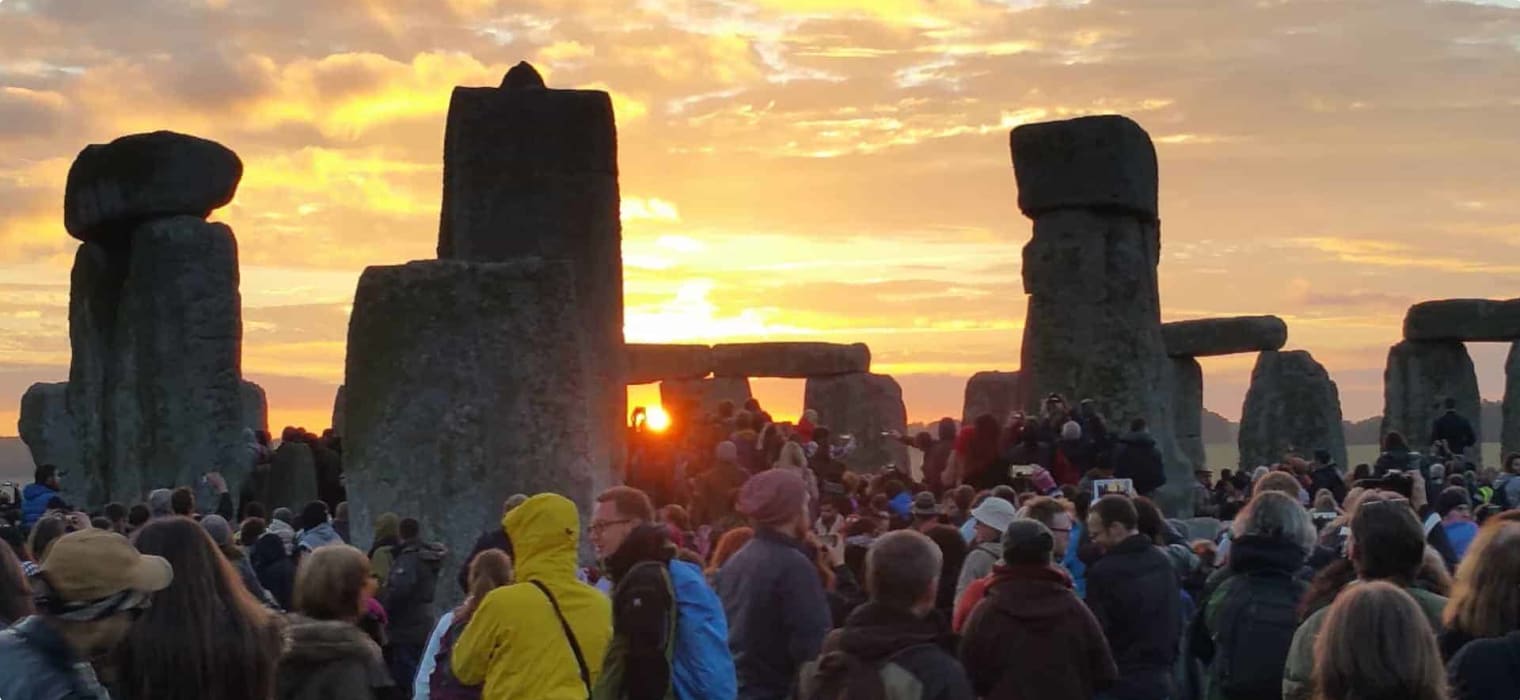
Stonehenge, Avebury and Associated Sites
In 1986, Stonehenge and Avebury stone circle were inscribed together on the UNESCO World Heritage Site List, becoming one of the UK’s first World Heritage Sites. The site spans around 50 km2 and includes settlements, burial grounds, healing centres and avenues and today is managed by English heritage. Stonehenge and Avebury stone circle gained a place on the prestigious list due to their outstanding prehistoric monuments, which are thought to date back to the Neolithic and Bronze Age. The ancient megaliths of these sites provide an unparalleled insight into the mysterious rituals, beliefs, customs and engineering abilities of prehistoric peoples.
Stonehenge
The Stonehenge circle of standing stone is perhaps the world’s most famous prehistoric monument and Britain‘s greatest national icon. This standing stone circle monument , cemetery, and archaeological site located on Salisbury Plain, Stonehenge has come to symbolise mystery, power and endurance. It has long fascinated archaeologists and historians, who still do not fully understand the story around it. For example, Stonehenge is known for ceremonial design and the fact that the first 1,600 feet of the avenue from Stonehenge is built on the summer solstice sunrise and winter solstice sunset-a phenomenon that may be because of sun worship, calendar keeping, or other purposes. Regardless of the lack of answer, this continues to fascinate visitors who wander around the concentric structures searching for answers.
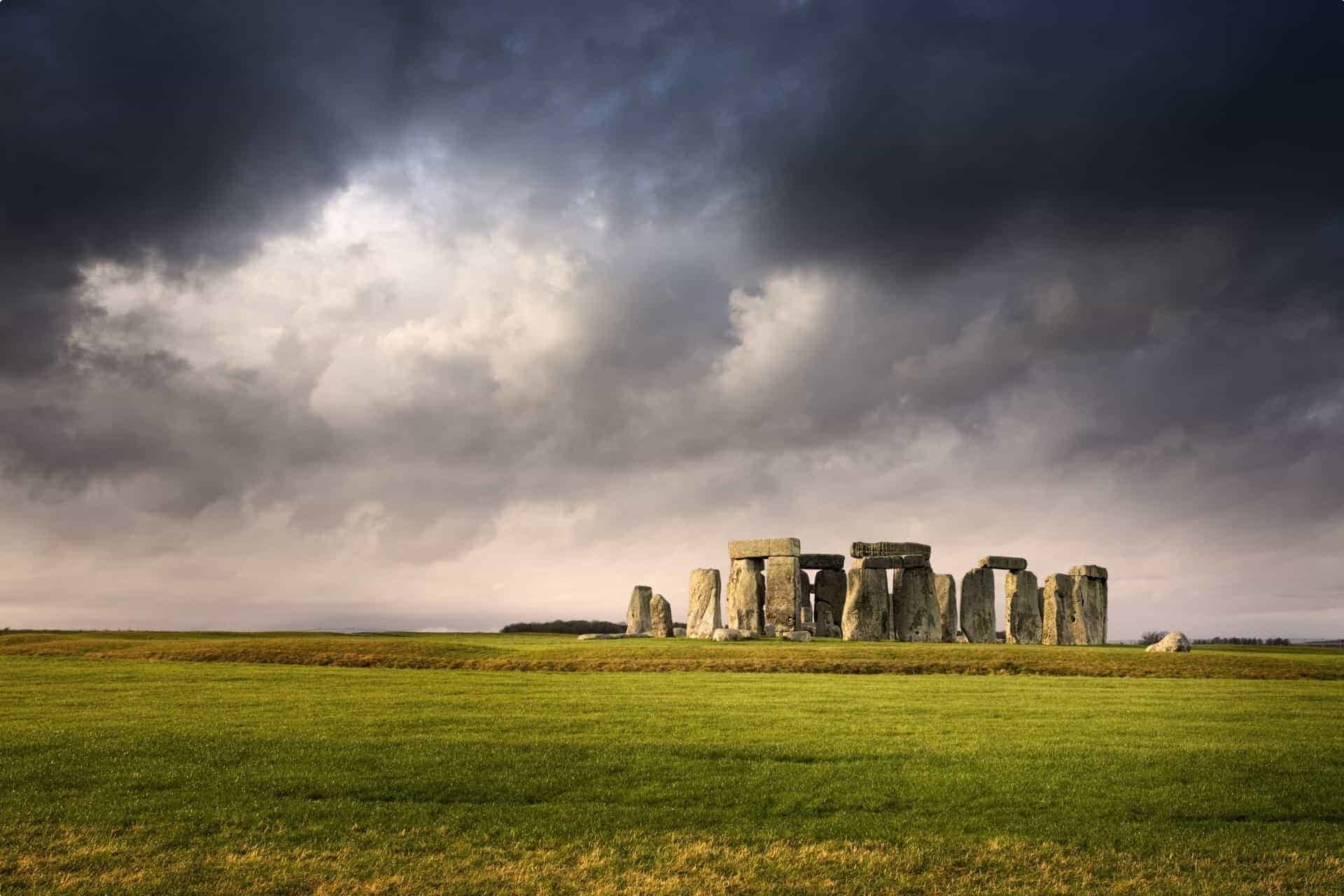
Construction of Stonehenge inner circle and then the largest stone circle is thought to have begun in 3000 BC, though there are many theories around the rock formation. Radiocarbon dating in 2008 suggested that the first stones were raised between 2400 and 2200 BC, whilst another theory suggests that bluestones may have been raised at the site as early as 3000 BC after being dragged all the way from Wales.
A recent discovery of a vast Neolithic stone circle in Waun Mawn, Wales, backs this theory. With a diameter of 100 metres, it is identical to the ditch that encloses Stonehenge, and it is also aligned with the midsummer solstice sunrise. A series of buried stone-holes that follow the circle’s outline has been unearthed, with shapes that can be linked to Stonehenge’s bluestone pillars. One of them bears an imprint in its base that matches the unusual cross-section of a Stonehenge bluestone. This evidence suggests that Stonehenge was originally built in Wales, extracted from the nearby Preseli quarries, and venerated for years before being dismantled and dragged more than 140 miles to Salisbury, where it was resurrected as a second-hand monument. Traces of ancient sunlight lingering in the soil at the Waun Mawn site were analysed and given a likely construction date of around 3,300 BCE.
Archaeological evidence found by the Stonehenge Riverside Project in 2008 indicates that Stonehenge could have been a burial ground from its earliest beginnings. The dating of cremated remains found on the site indicate that deposits contain human bone from as early as 3000 BC, when the ditch and bank were first dug. Such deposits continued at Stonehenge for at least another 500 years.
In 2021 archaeological excavations around the Stonehenge site further discovered bronze age graves, Neolithic poetry, and the vestiges of a mysterious C-shaped enclose that might have been a prehistoric industrial area. Close to the western end of a proposed new road tunnel at Stonehenge were found two burials of Beaker people, who arrived in Britain about 2,500 BCE. Also in the grave was a copper awl or fragment of a pin or needle and a small shale cylindrical object, of a type that is not believed to have been found before. And in the same area was a pit dating to the age of the Beaker people containing the tiny ear bones of a child and a very simple pot – a sign that this too was a grave. The C-shaped enclosure was found a little further south. Ditches that flank the C-shaped enclosure contain burnt flint, suggesting a process such as metal of leatherworking was carried out here thousands of years ago.
Avebury
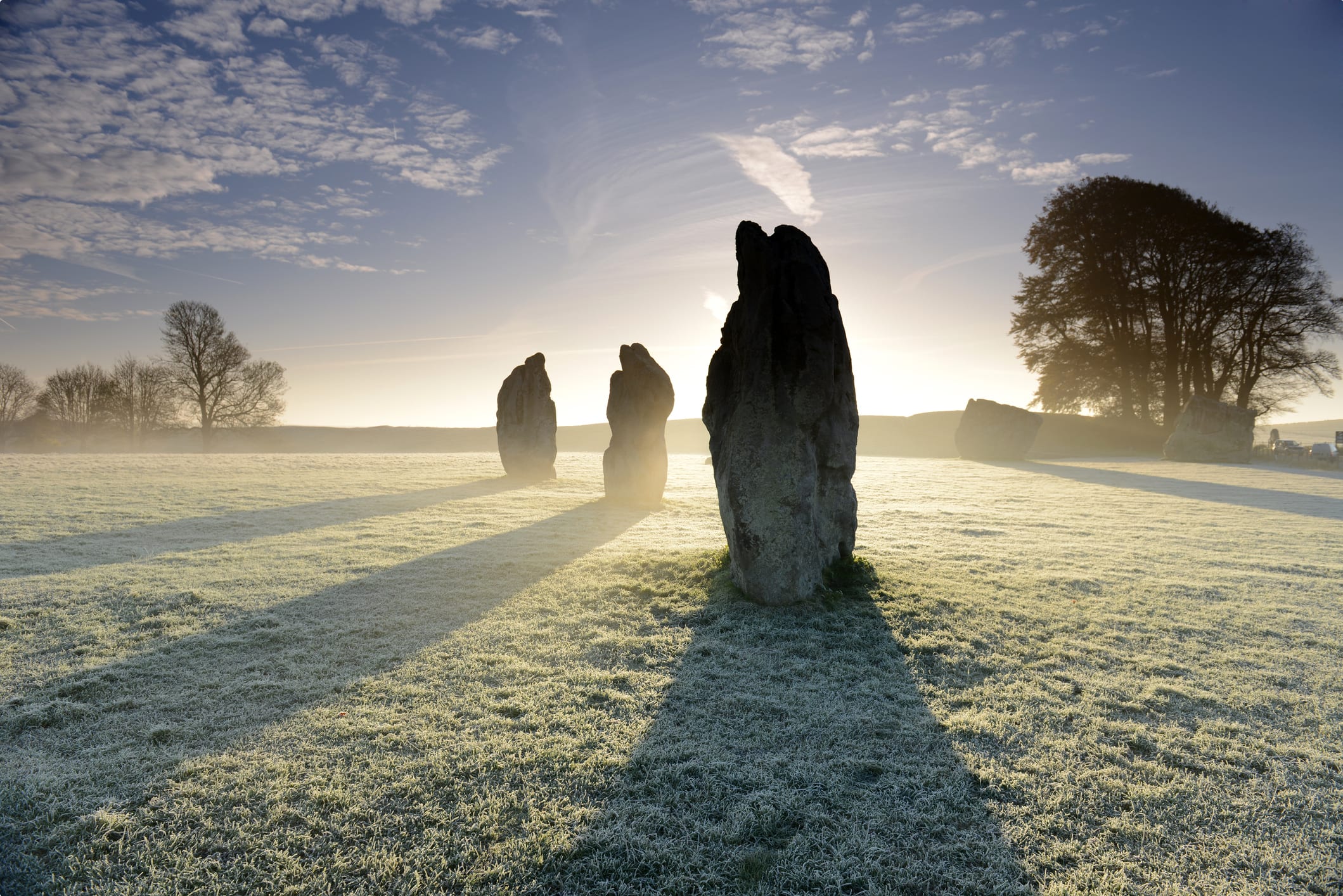
While Stonehenge is considered to be the most architecturally sophisticated prehistoric stone circle and Neolithic site in the world, Avebury stone circle is the largest. Avebury is a monument containing three stone circles, around the charming thatched cottages in the village of Avebury in Wiltshire, around half an hour’s drive from Stonehenge. Avebury is thought to have been built and carved over many centuries from around 2850 BC until 2200 BC.
It is important to know that a henge is not a stone circle; they are two different things. The henge refers to the man-made earthen bank with a ditch inside it that contains a large, flat-topped area. It is thought that this flat-topped area is designed to be enclosed as some sort of sacred space. As a result, it is what is inside the henge that makes it interesting. Inside the Avebury Henge, you will find much of the village of Avebury, the largest stone circle in Europe and two smaller stone circles.
Odyssey Traveller offer a range of Small group tours stone circles as central to that experience for groups of up to 12 mature travellers, couples or solo travellers. This includes visits to Orkney to the Callinish standing stone in Scotland, as well as prehistoric burial cairns including the West kennet long barrow, the Glastonbury tor, Silbury hill as well as a Stonehenge tour often at sunrise to give the group on this guided tour stone circle access available only to those on a small group tour.
Stone Circles: What are they?
Stone circles were first constructed by native farming communities in the late fourth millennium BC. They were generally not built on fertile land but on stony country on hillsides and in the mountains of England, Wales and Scotland. In many cases it is considered that they were built as sanctuaries around stone tombs. The first megalithic rings with henges are thought to have begun about 3300 BC. Burl (2011) describes three categories of stone circles, the first being in the Late Neolithic age 3650 to 2900 BC. The Middle period is late Neolithic to early Bronze Age c. 2900 to 2200 BC and includes Callanish Stones, Stanton Drew, the largest stone Circle at Avebury, the Rollright Stones and the Ring of Brodgar. Burl’s third and final group are the late stone circles from the early to middle Bronze Age c. 2200 to 1500 BC and includes Nine Ladies and parts of Callanish. Note that Stonehenge is a somewhat special case with construction elements from c. 3000 to 1500 BC. The Blue Stones for example were first erected about 2700 BC and the large blocks of sarsen moved, and the towering structures built, about 2500 BC.

Travel to Stonehenge and Avebury
Odyssey offers a number of small group tours stone circles that visit the World heritage site of Stonehenge and Avebury stone circle and provide a glimpse into these monuments and the contribution they have to our understanding of history, our ancestors and ancient stone structures as a prehistoric monument. While they remain shrouded in mystery thousands of years later, they are undeniably significant archaeological finds and represent the chance to learn more about where we come from. Our small group tour with a tour leader give travellers the chance to enhance their knowledge of these structures with guided tours from experienced archaeologists of Stonehenge, Avebury and associated sites. This means you will not just learn the fascinating history of one of the most famous landmarks in Britain, but you will also discover some of the other interesting Neolithic features of the area. In our Prehistoric Britain tour , the group spends three nights based in Salisbury exploring the sites and in the Walking Ancient Britain tour, we are in Salisbury for ten nights, enjoying walks along the Great Stone Way. This allows travellers to view a wonderfully sited Neolithic burial mound atop a hill at Adam’s Grave and enjoy breathtaking views across the Vale of Pewsey.
Salisbury is a medieval cathedral city in the southern English county of Wiltshire, around twenty minutes’ drive from Stonehenge and an hour from Avebury. It is a great base for exploring these Neolithic sites and an incredibly beautiful setting in its own right.
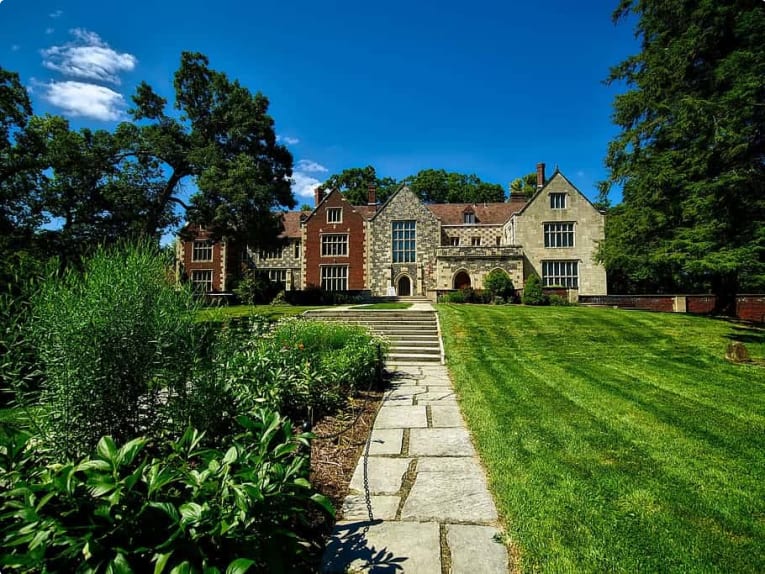
Published Dec 2019. Updated Feb 2021.
Related Tours
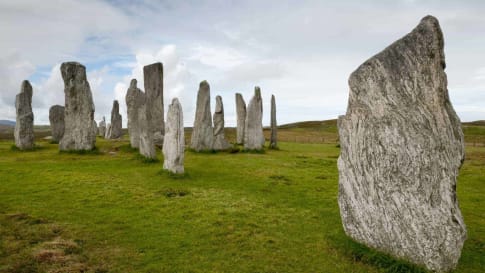
21 days
AugPrehistoric Britain small group history tour including standing stones
Visiting England, Scotland
This guided tour invites you to explore UNESCO World heritage sites at Skara Brae in the Orkneys, Isle of Skye, and Stonehenge in a prehistoric tour. This escorted tour has trips to key sites in Scotland, and the Irish sea in Wales such as Gower Peninsula and National Museum in Cardiff and England. Each day tour is supported by local guides.
From A$16,750 AUD
View Tour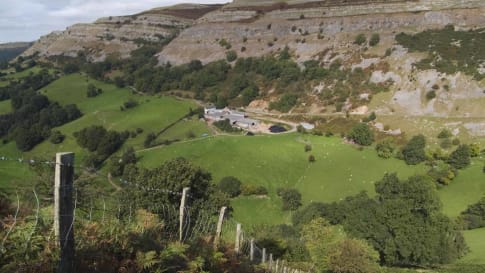
20 days
May, Sep, JunWalking Ancient Britain
Visiting England
A walking tour of England & the border of Wales. Explore on foot UNESCO World Heritage sites, Neolithic, Bronze age and Roman landscapes and the occasional Norman castle on your journey. Your tour director and tour guide walk you through the Brecon beacons, the Cotswolds and Welsh borders on this small group tour.
From A$14,725 AUD
View Tour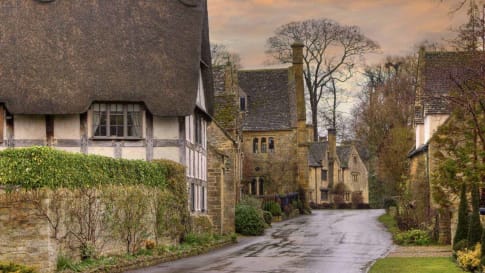
19 days
Jun, SepEngland’s villages small group history tours for mature travellers
Visiting England
Guided tour of the villages of England. The tour leader manages local guides to share their knowledge to give an authentic experience across England. This trip includes the UNESCO World heritage site of Avebury as well as villages in Cornwall, Devon, Dartmoor the border of Wales and the Cotswolds.
From A$16,995 AUD
View TourRelated Articles

Exploring Britain's Prehistoric Past: The Definitive Guide for Travellers
Article on Britain's neolithic past for small group educational tours for senior couples and mature solo travellers interested in learning about Standing stones, burial chambers, Skara Brae and Stonehenge or Beaker people.
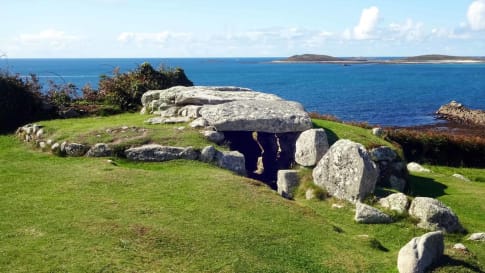
Neolithic Burial Chambers: Telescopes to the Stars
Neolithic Burial Chambers and the stars The calendar you have in your smartphone was once written in the stars. During the Neolithic or final period of the Stone Age, skies were used to mark time;…

New Discoveries about Britain's Stone Circles
Article about recent discoveries on stone circles in Neolithic Britain. Explore and learn on an educational small group tour for senior couples and mature single travellers to Scotland, Wales and England plus so much more including Australia.
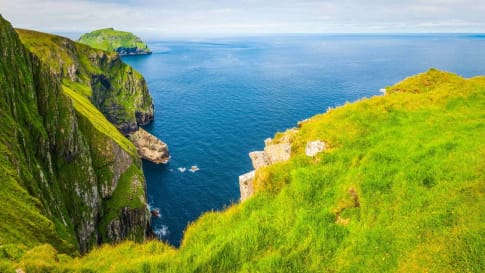
Questions about the Outer Hebrides, Scotland for senior travellers.
Explore and learn about on a Seniors small group tour of the Orkney Islands and other Scottish islands. Learn about the pastoral, cultural and historic settlement of the islands including Skara brae.
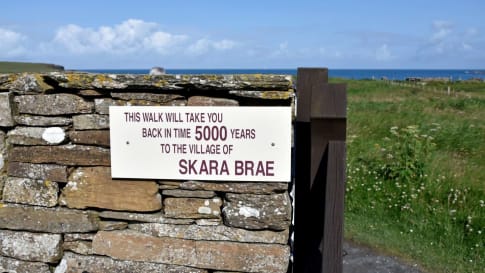
Skara Brae, Scotland
Article introducing Neolithic Britain and the trading routes to Iceland, the Faroe Islands and the Irish sea. Skara brae is included on the Scottish isles tour and the Prehistoric Britain program. Small group tours for senior couples and mature solo travelers.




